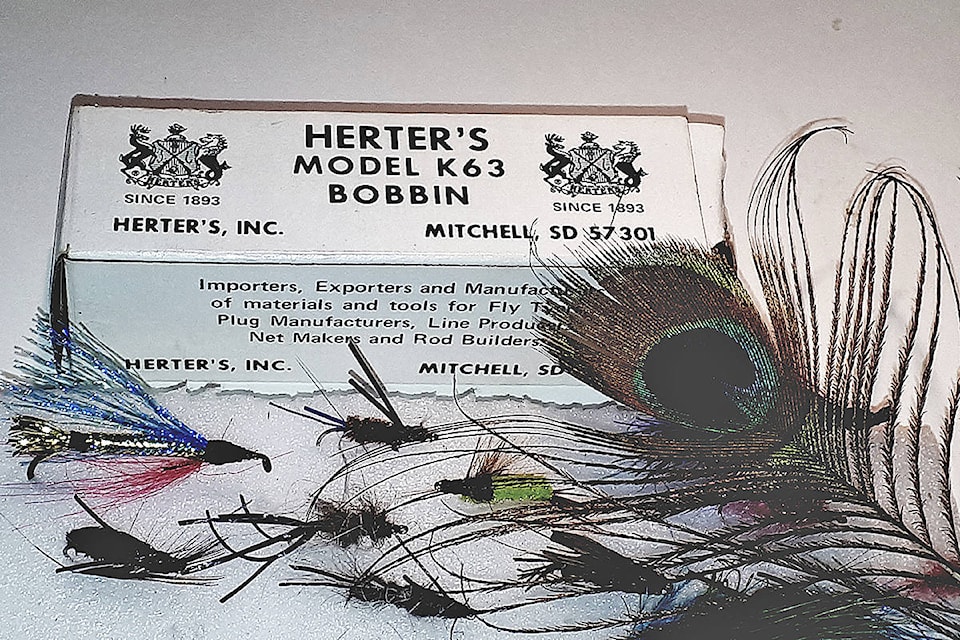By Don Daniels
Ever since the beginning of recreational sportfishing, all you needed was a very simple line and hook to land a fish.
Back in the day, those homemade wood or metal lures and plugs and hand lining was quite common. Then came rods, in the form of wooden sticks or bamboo. Wooden reels were made by various manufactures who competed to get their product to the people who fished for all species of fish all over the Island. The Europeans slowly came to the area because word had spread about the big salmon that could be caught around Campbell River.
Before tackle shops opened in the area, anglers brought gear from Europe, and at times, they sold items to the locals. Catalog shopping was quite common and it was a long, drawn-out process to get any tackle here to use fishing. Then tackle shops opened and all the salmon and trout gear made it easy to go fishing. Prior to the 1970s, many people shopped from an Eaton’s or Sears catalog and before Christmas, family members used the catalog as a wish book and placed orders with their parents – including sporting equipment.
An angler’s bible was the Herter’s catalog available from Waseca, Minnesota. It was a treasure chest of fishing and hunting supplies that were shipped out all over the world. The company is no longer in existence; they closed the doors forever in the late 70s.
A few years ago, one of my senior students who had attended the fly-tying sessions at the library had passed away and the family had given me his tying kit with a box of feathers to donate to classes. One box of feathers was in a cough lozenge box and other feathers were stored in a Woodward’s box and a Moirs chocolate box. More materials were in a Rainbow ladies’ nylons box.
It was like finding and opening a time capsule of fly tying history, but the best was yet to come. I found an order form that dates back to 1954. Mr. R. M. Bannan from Blairmore, Alberta, had purchased fly tying materials from Waseca, Minnesota. There were 13 items that included hooks, floss, thread and feathers. Total for the goods was priced at $2.75 and the postal charge had an option of 5, 10 or 15 cents.
At the bottom of the order was an important disclaimer: “All feathers from wild birds are sold with a definite understanding that they will be used for fishing purposes only.” If any old-time fisherman is around, I would ask the question: What else were feathers used for in the 50s?
Happy New Year to all anglers around the world and keep safe as we mask up and go through the COVID-19 pandemic.
